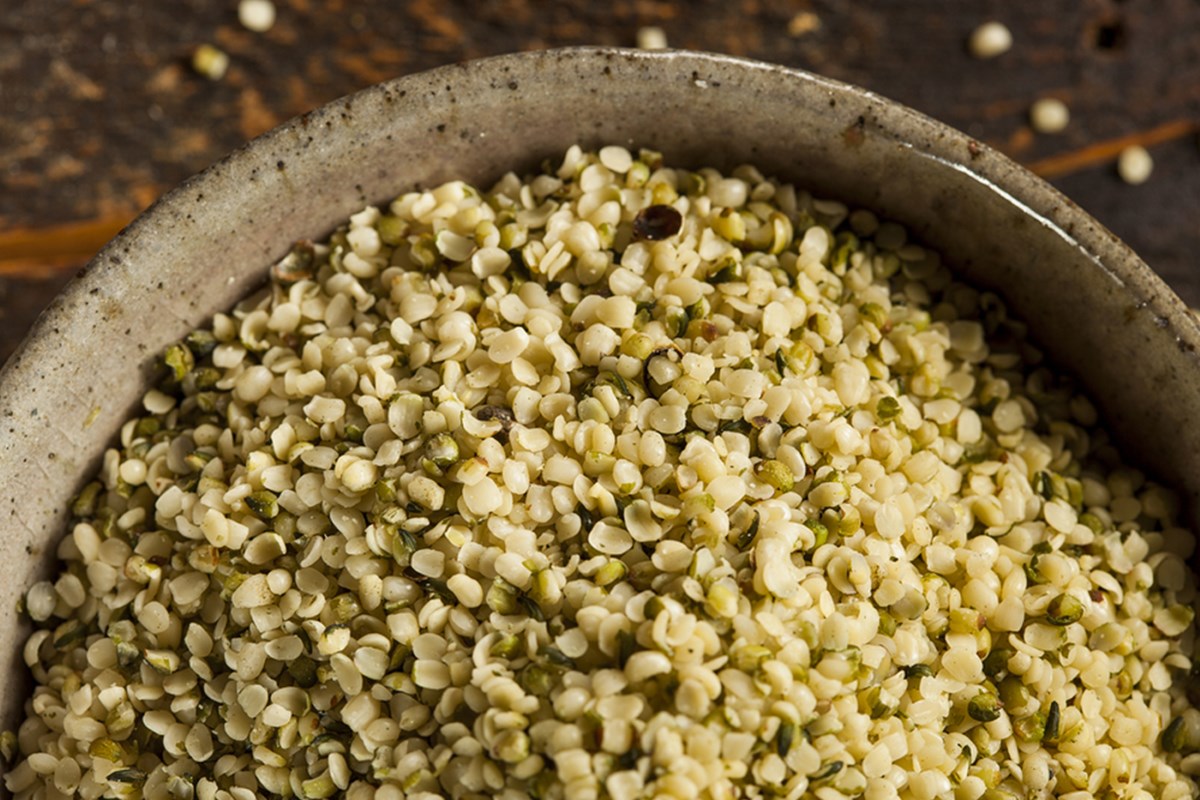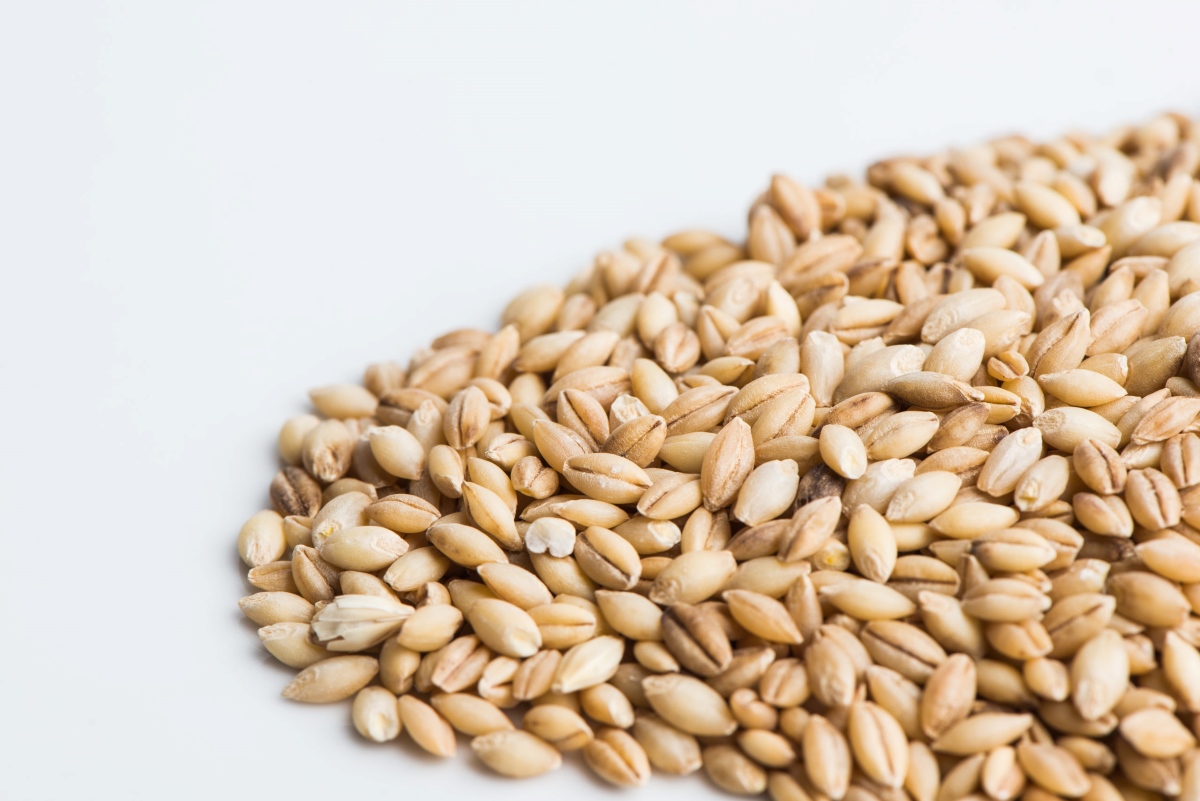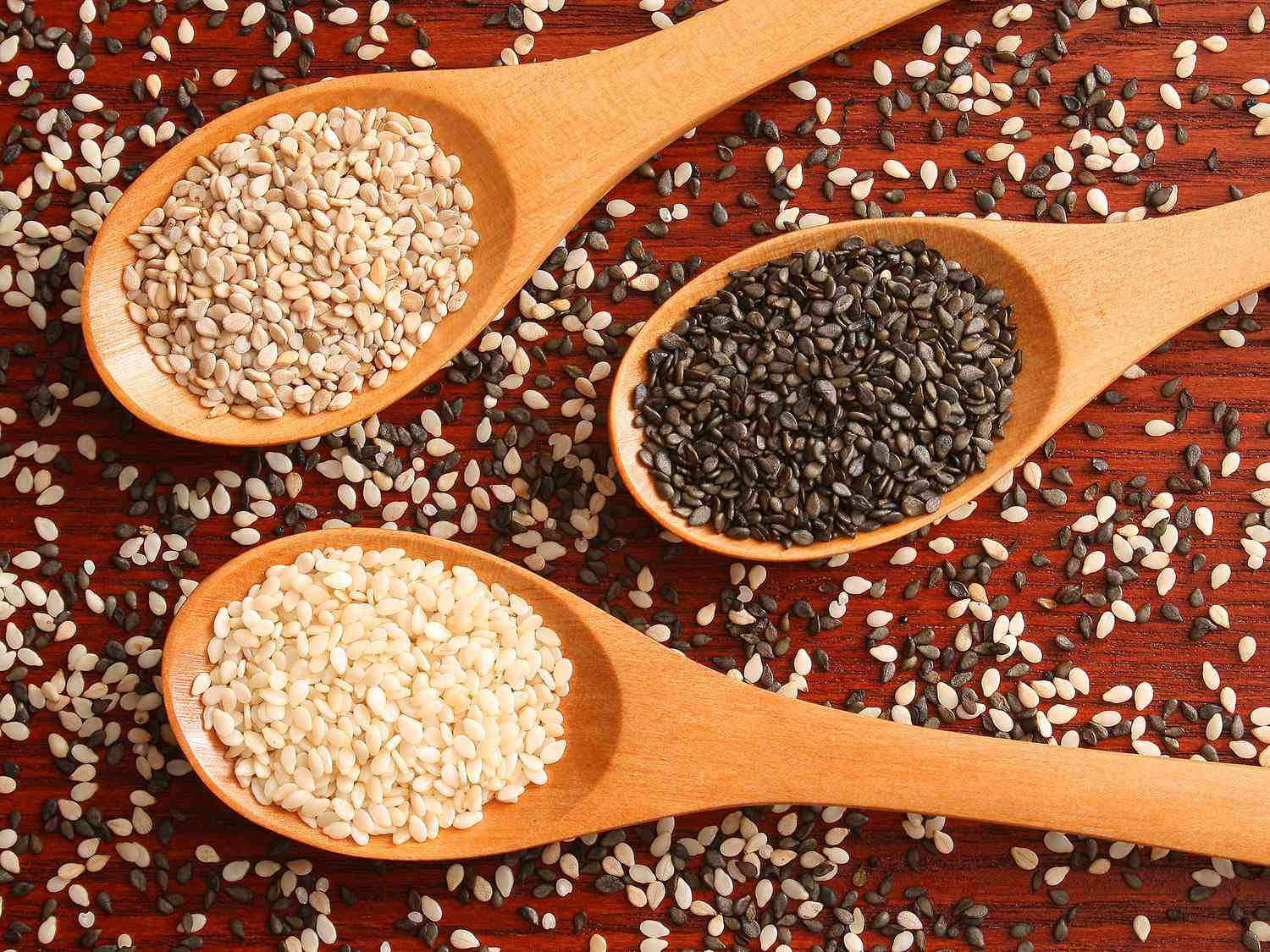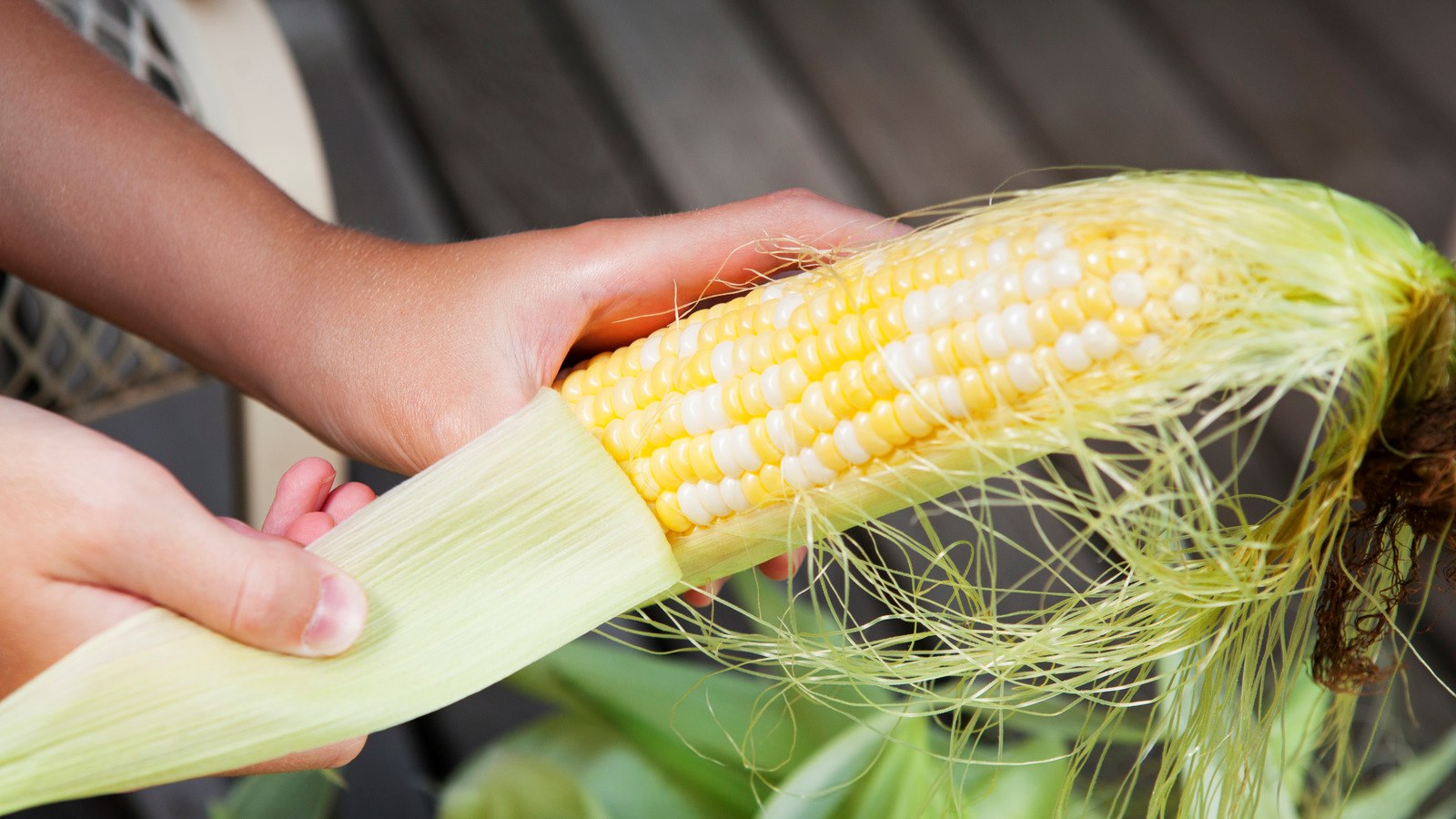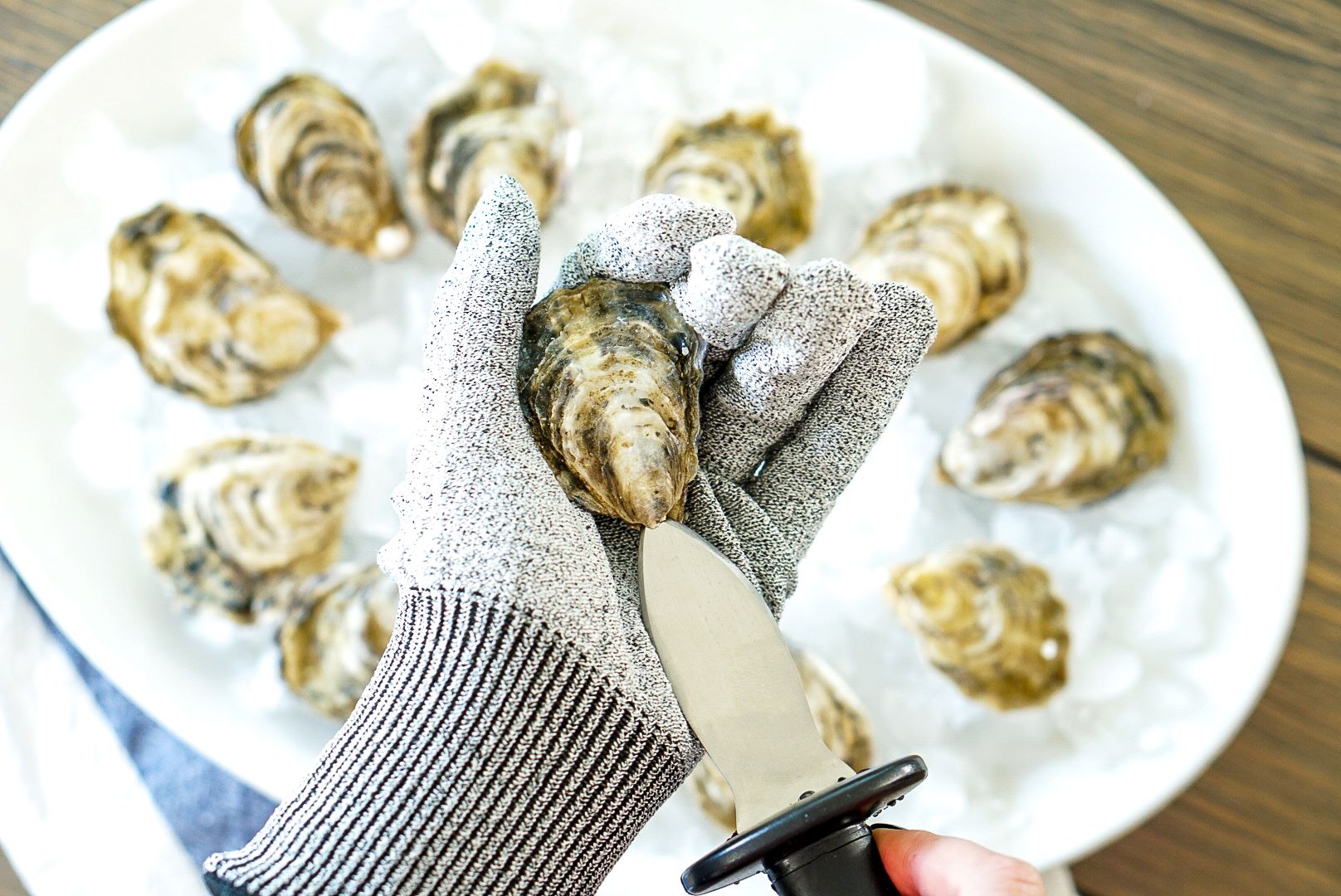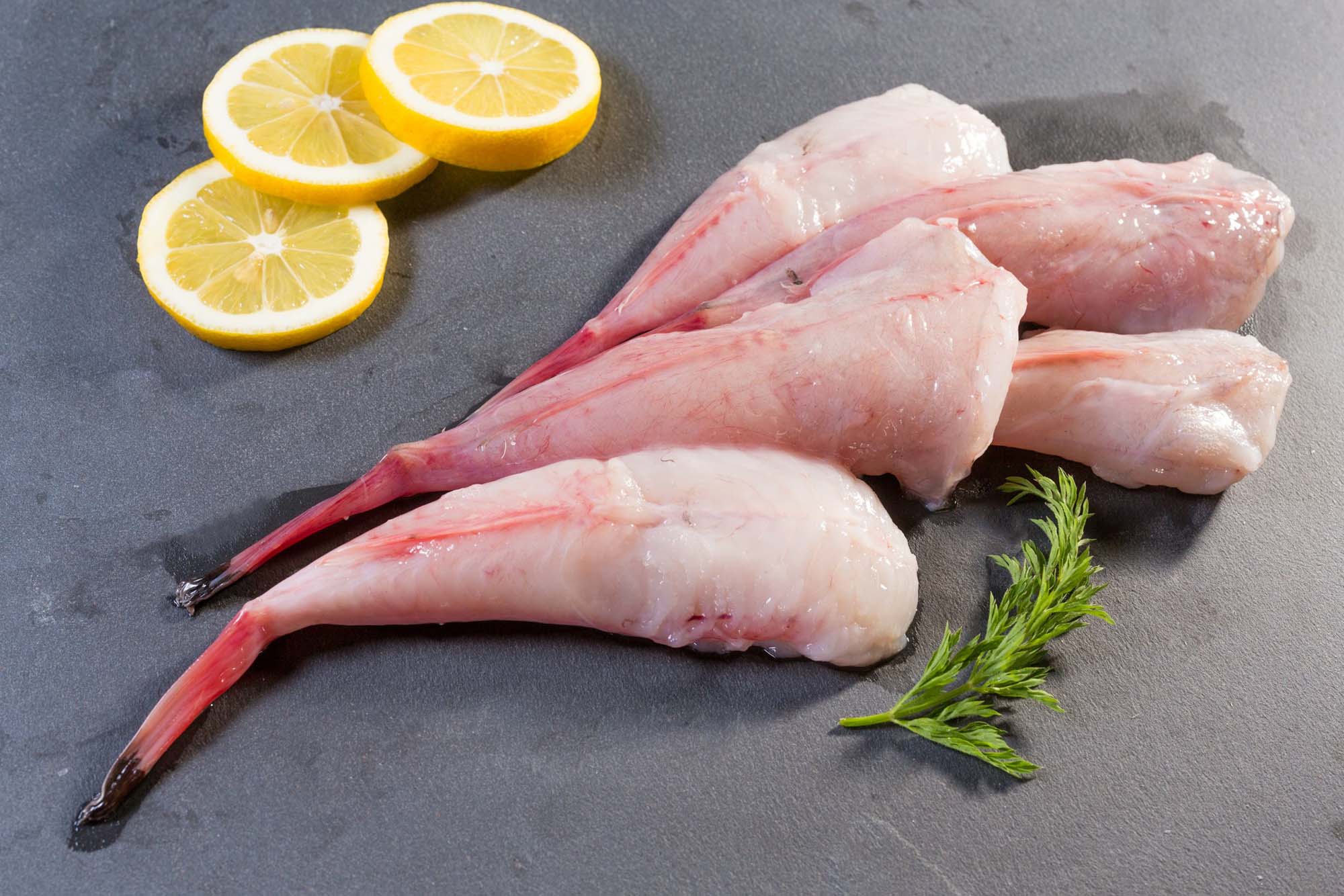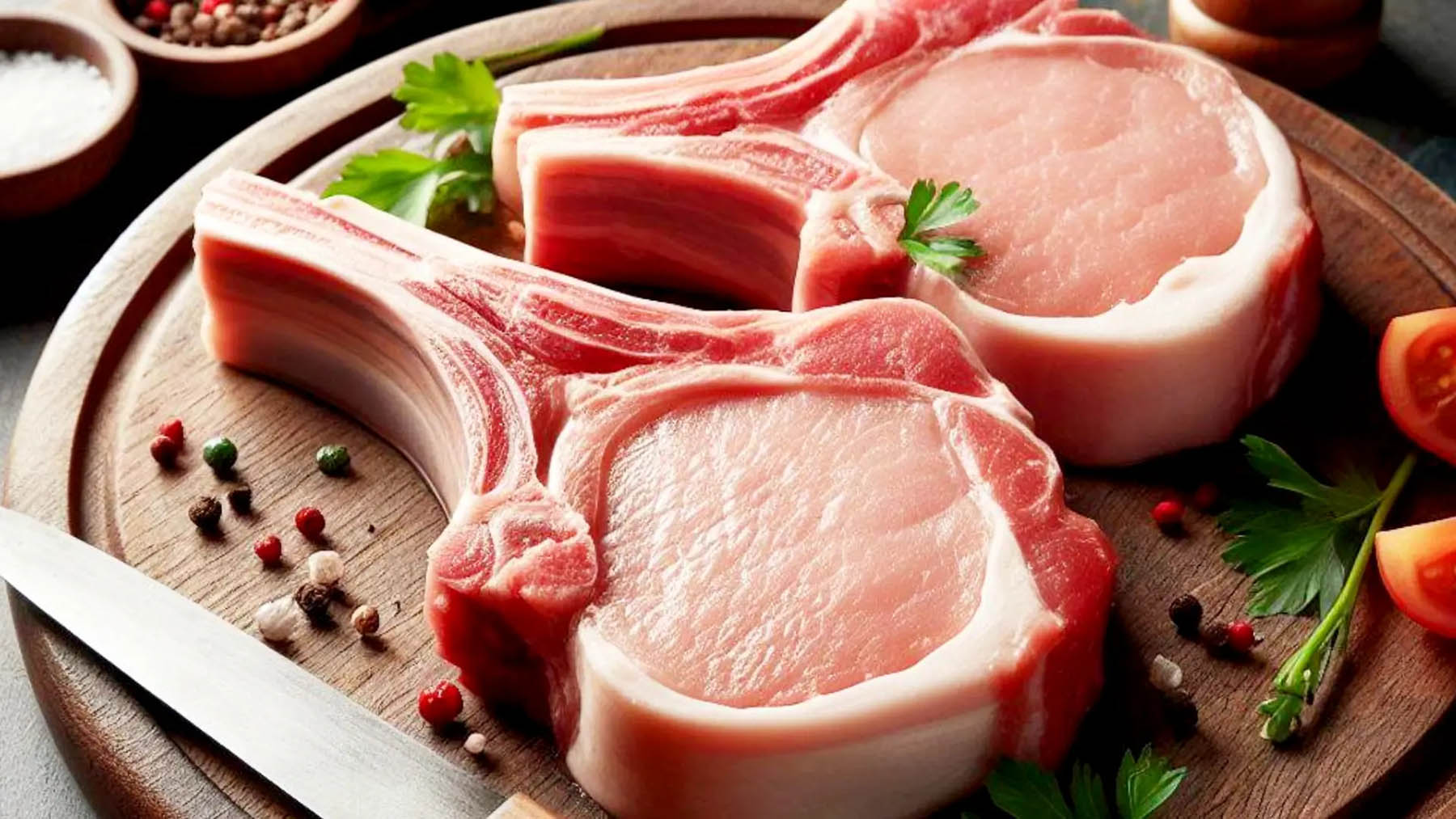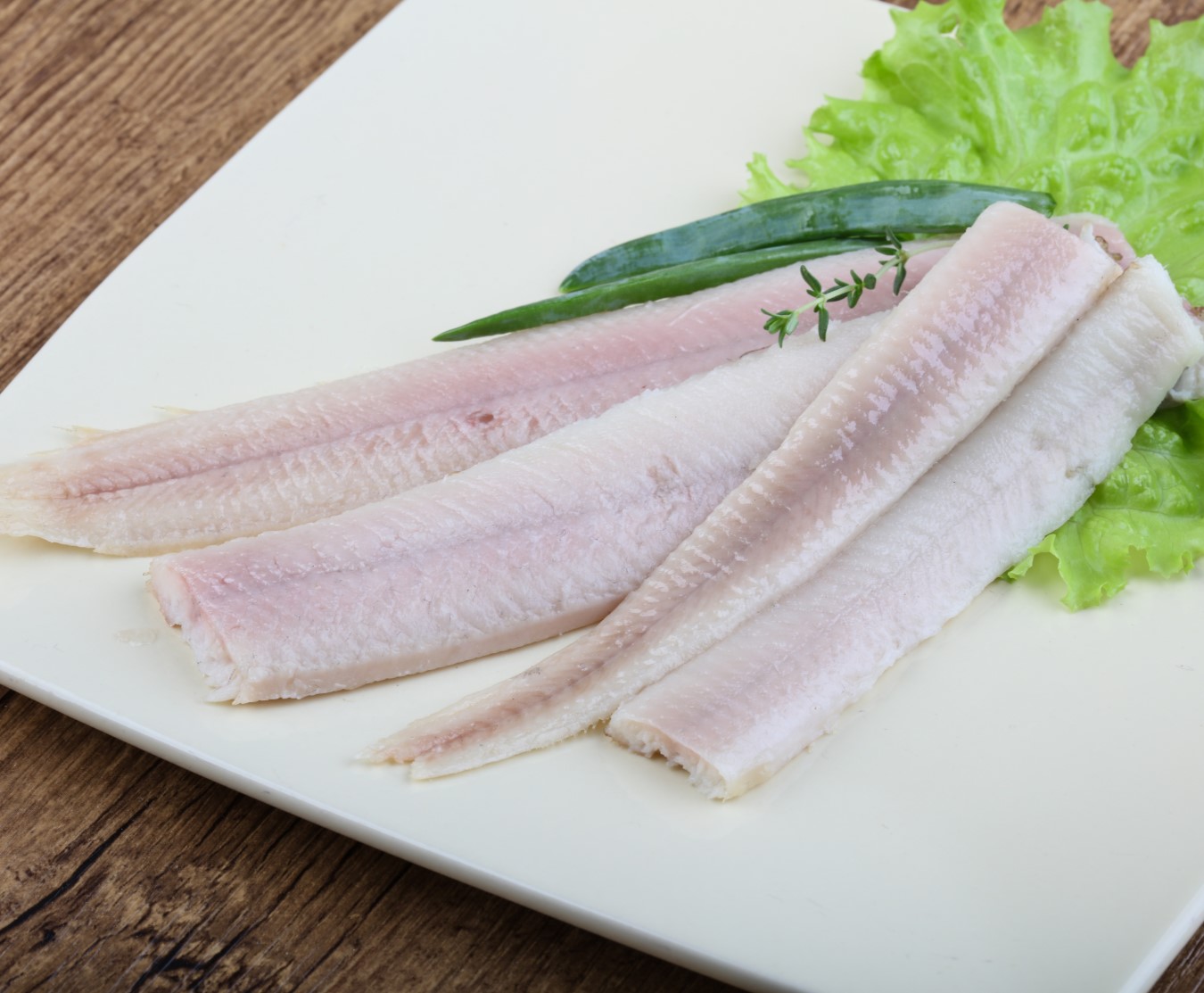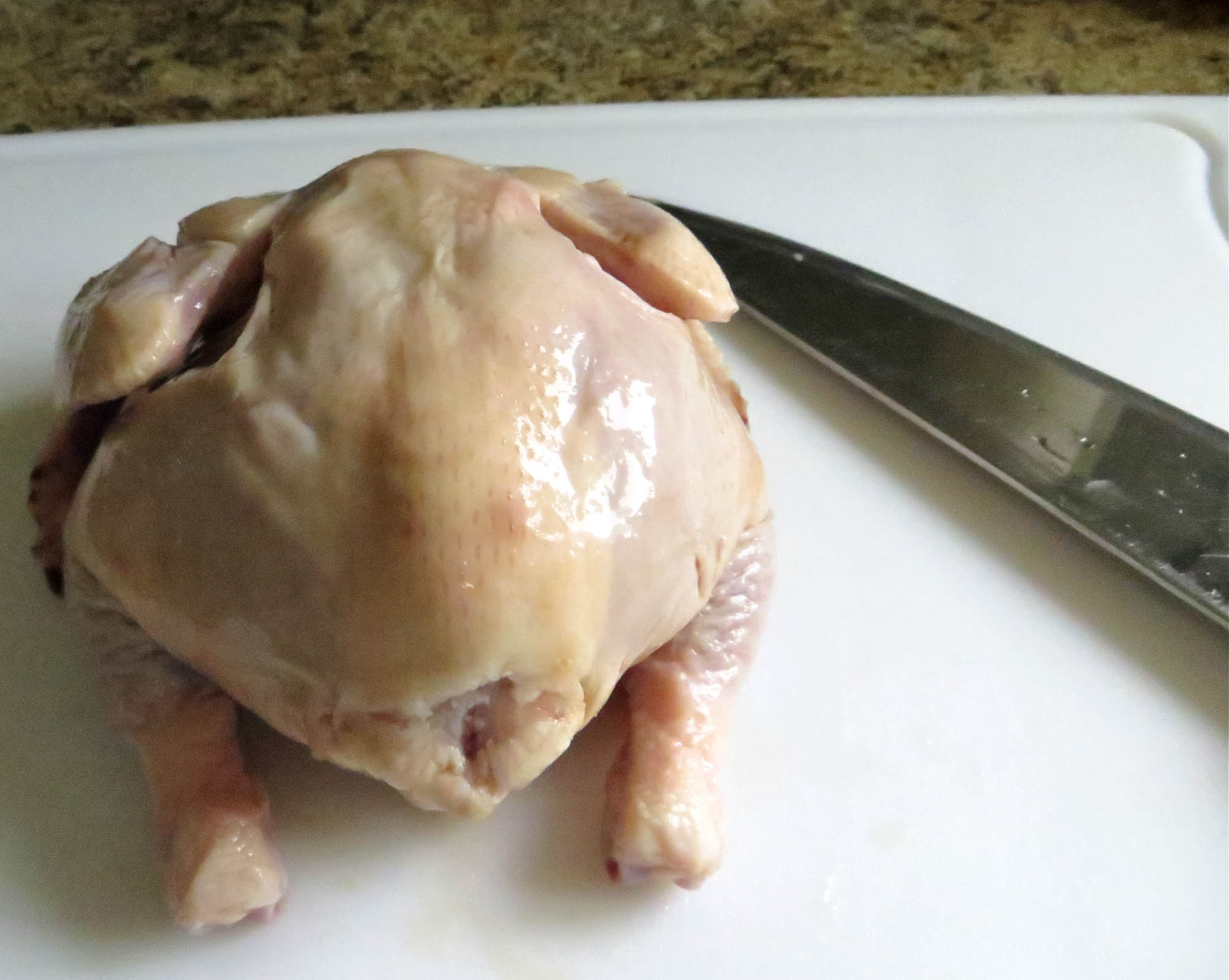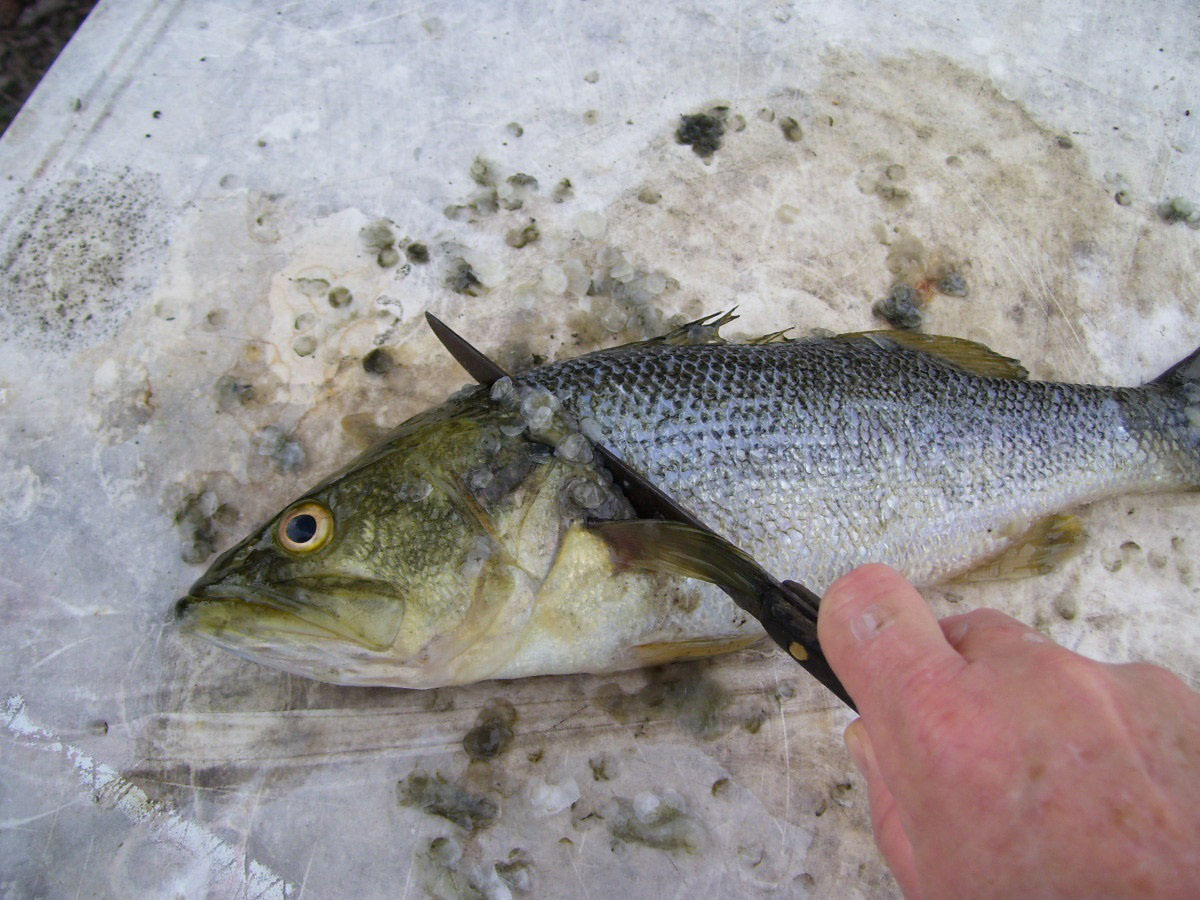Learn How to Hull Buckwheat at Home
Are you a fan of nutritious whole grains? If so, you might want to consider adding buckwheat to your pantry. This gluten-free seed is packed with essential nutrients and offers a unique nutty flavor that can enhance a wide range of dishes. However, before you can enjoy the benefits of buckwheat, you need to know how to hull it at home. With a few simple steps, you can easily remove the outer shell and prepare this versatile ingredient for cooking. Read on to discover the process of hulling buckwheat in your own kitchen.
What You’ll Need
Before you get started, gather the following supplies:
- Raw buckwheat groats
- Large bowl
- Colander
- Fine mesh strainer
- Blender or food processor (optional)
Step-by-Step Guide to Hulling Buckwheat
Follow these simple steps to hull buckwheat at home:
- Rinse the Buckwheat: Place the raw buckwheat groats in a large bowl and cover them with water. Swirl the groats around with your hand, then pour off the water. Repeat this process a few times until the water runs clear.
- Drain the Buckwheat: Transfer the rinsed buckwheat to a colander and allow any excess water to drain off.
- Remove the Hulls: To remove the hulls, you can use a fine mesh strainer. Rub the buckwheat gently against the strainer to loosen the hulls. As the hulls separate, they will float to the top of the water. Skim off the hulls and discard them.
- Optional Step: Blend or Process the Buckwheat: If you prefer a smoother texture, consider blending or processing the buckwheat in a blender or food processor. This step is optional and depends on your personal preference.
- Final Rinse: Give the hulled buckwheat a final rinse under running water to remove any remaining hull fragments.
- Drain and Dry: Once the buckwheat is thoroughly rinsed, allow it to drain in a colander. You can also spread it out on a clean kitchen towel to air dry before using it in your favorite recipes.
Benefits of Hulling Buckwheat at Home
Hulling buckwheat at home offers several advantages:
- Freshness: By hulling buckwheat at home, you can ensure that it is fresh and free from any impurities.
- Control: You have full control over the hulling process, allowing you to achieve the desired texture for your buckwheat.
- Cost-Effective: Buying raw buckwheat groats and hulling them at home can be a cost-effective way to enjoy this nutritious ingredient.
Now that you know how to hull buckwheat at home, you can incorporate this wholesome ingredient into your cooking repertoire. Whether you use it in salads, soups, or as a side dish, hulled buckwheat adds a delightful nutty flavor and a nutritional boost to any meal. Give it a try and explore the many culinary possibilities of this versatile seed!
Using the guide to hull buckwheat at home opens up many delicious recipe possibilities. For breakfast, they can try the Buckwheat Pancakes Recipe for a nutritious start to the day, or the Buckwheat and Berry Breakfast Bowl Recipe for a refreshing twist. For lunch or dinner, the Buckwheat Stuffed Peppers Recipe and Buckwheat Stir-Fry with Tofu and Vegetables Recipe offer hearty and flavorful options. For those with a sweet tooth, the Buckwheat Banana Bread Recipe is a must-try. Each of these recipes highlights the versatility of buckwheat and allows readers to enjoy the fruits of their hulling labor in diverse and tasty ways.
Was this page helpful?
Read Next: How To Hull Hemp Seed
